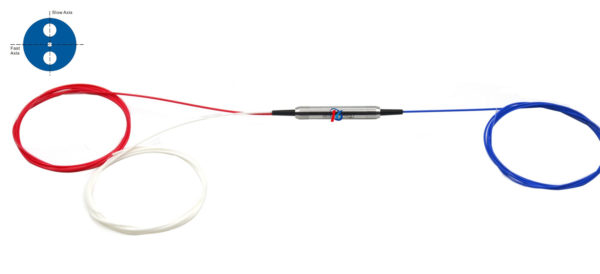What is polarization?
Light waves comprise of wavering electric and attractive fields. These two fields are opposite to each other and to the course of light voyaging. We call the electric field plane as the light’s polarization.

Daylight and numerous other customary lights are made of numerous light waves, each with their electric and attractive fields situated arbitrarily. On the off chance that all waves’ electric fields were adjusted parallel to each other, we call this light directly captivated.
* Polarization’s impact on optical Circulators
Polarization does not by any means make a difference in multimode strands however it can be critical in single mode Circulators particularly for long separation and fast rate fiber interchanges. Why? Give me a chance to clarify it underneath.
In fact talking, single-mode strands really have two modes going in it. These two modes have symmetrical polarization and immaculate single mode Circulators can’t separate between them. These two modes are practically indistinguishable and light vitality can move effectively between these two polarization modes.
In any case, fiber’s geometry isn’t great. Thus, these two modes really travel along the fiber at marginally extraordinary paces. The impact is called PMD (polarization mode scattering). The slight speed distinction can cause issues in rapid fiber optic connections, for example, 10Gbit/s and 40Gbit/s.
* Polarization keeping up Circulators acts the hero!
Polarization keeping up Circulators are uncommon sorts of single-mode strands, they are likewise normally called PM Circulators or Panda PM Circulators.
PM strands have worked in asymmetry which is likewise called birefringence. The refractive file of PM fiber contrasts for the two polarizations and this impact keep light vitality from coupling between two polarizations.
PM strands can transmit light in a solitary polarization if the info light polarization is adjusted to one of its two birefringence tomahawks. What’s more, that is the reason they are called polarization looking after Circulators.
* The uses of polarization looking after Circulators
PM Circulators are once in a while utilized for long separation transmission in light of their costly cost and higher weakening than single mode fiber. They are regularly utilized for media transmission applications, fiber optic detecting, and interferometer.
What is polarization mode dispersion then?
- Polarization mode and polarization mode dispersion (PMD)
In single mode filaments, light heartbeats are really made out of two particular polarization modes. The electric field vector of the two modes is opposite to each other or called symmetrically. Regularly the two polarization modes act only the same in the fiber which implies they can’t be recognized.
Yet, that is just the hypothesis with a flawless symmetrical fiber and no outside power on the fiber. Since the world isn’t flawless nor is the fiber, these two polarization modes do carry on another way in certifiable filaments.
Worries inside the fiber and outside powers connected to the fiber make the refractive record of glass vary marginally for these two polarization modes. This marvel is called birefringence.
Birefringence influences these two polarization modes to movement at marginally extraordinary speed. This speed contrast widens light wave flag similarly as different scatterings and this reality is called Polarization Mode Dispersion (PMD).